Ville des anges. Ou The Overcoat of Dr Freud
Extraits

Littérature étrangère
Ville des anges. Ou The Overcoat of Dr Freud
09/2012

Histoire et Philosophiesophie
The Undergrowth of Science. Delusion, self-deception and human frailty
01/2000
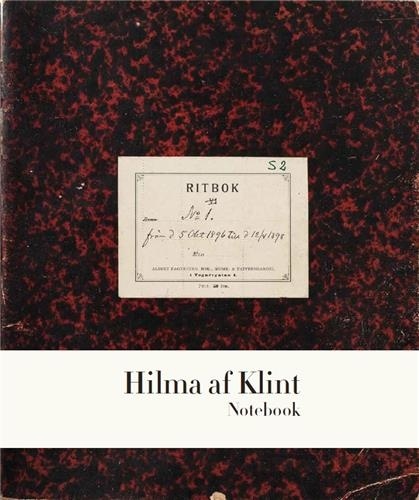
Monographies
Hilma af Klint. The Five Notebook 1
01/2022
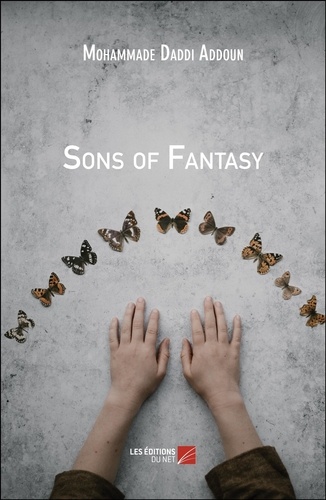
Littérature française
Sons of Fantasy
08/2018

Sciences politiques
The Structure of Political Communication in the United Kingdom, the United States and the Federal Republic of Germany
11/1987
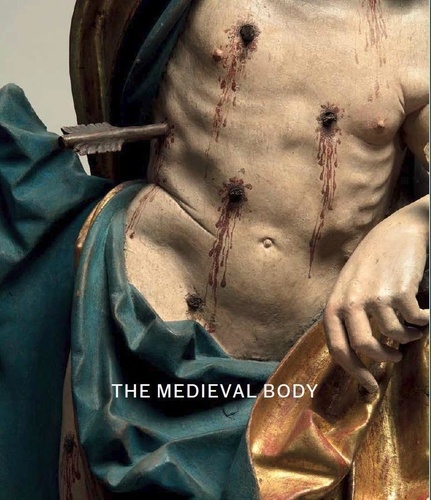
Mouvements artistiques
The Medieval Body
08/2022

Non classé
Oaths, Vows and Promises in the first Part of the French Prose Lancelot Romance
02/1993
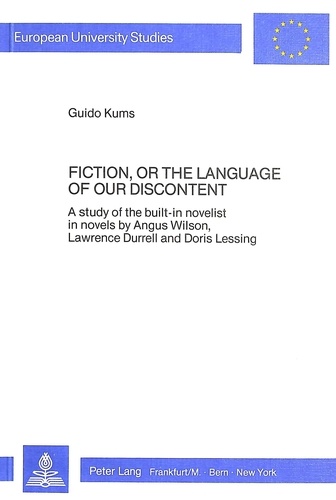
Non classé
Fiction, or the language of our discontent
12/1985
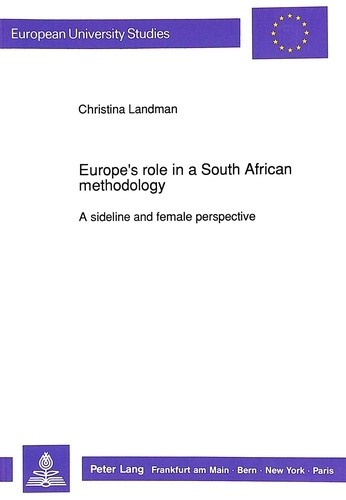
Droit
Europe's Role in a South African Methodology
12/1991

Histoire et Philosophiesophie
Thinking about Physics
01/2000
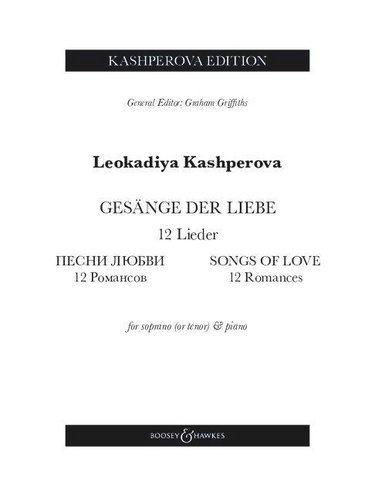
Musique classique
Songs of Love. 12 Romances. 12 Lieder. Soprano (tenor) and piano.
12/2023

Tourisme étranger
Moroccan tracks Volume 11. The sagho djebel
08/2022

Non classé
The Concept of Man in Igbo Myths
11/1999

Non classé
Multiple Origins
01/1999

Non classé
Experimental Social Dilemmas
12/1986
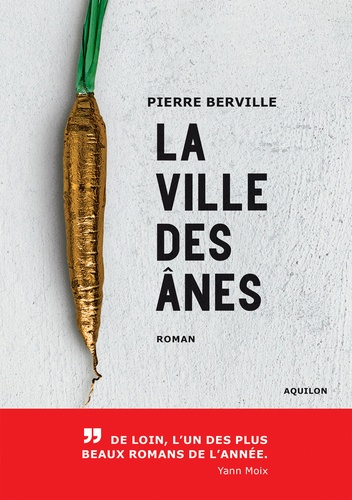
Romans policiers
La ville des ânes
10/2021
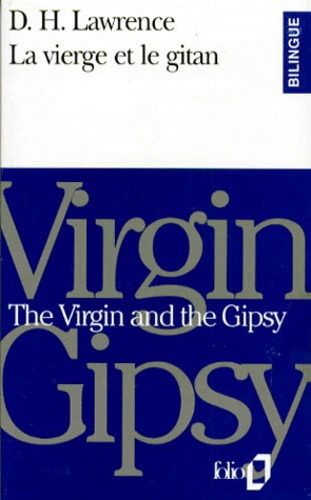
Anglais apprentissage
LA VIERGE ET LE GITAN : THE VIRGIN AND THE GIPSY
02/1993

Philosophie
«Phädon», or «On the Immortality of the Soul»
12/2006

Littérature française
Les inventeurs. Essai
02/2017
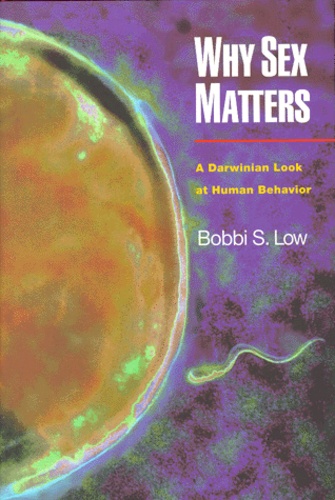
Histoire et Philosophiesophie
WHY SEX MATTERS. A Darwinian Look at Human Behavior
01/2000
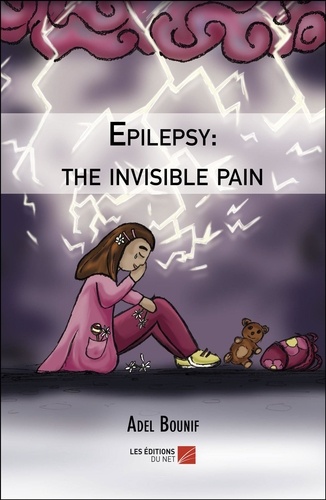
Poésie
Epilepsy: the invisible pain
01/2019

Policiers
Goebius' Strange Model
01/2020

Religion
A Study of Conversion Among The Angas of Plateau State of Nigeria With Emphasis on Christianity
01/1992
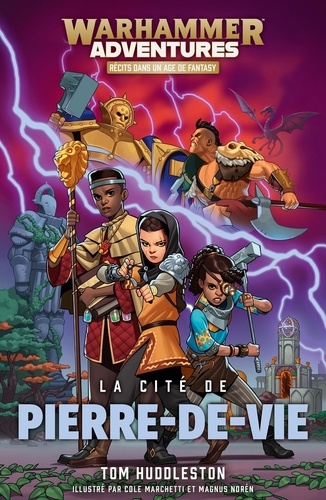
12 ans et +
Les 8 royaumes mortels Tome 1 : La cité de Pierre-de-Vie
06/2019
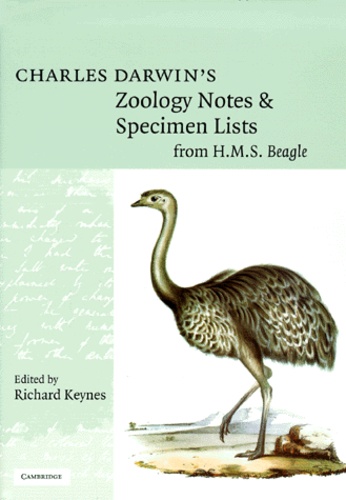
Histoire et Philosophiesophie
Charles Darwin's Zoology Notes & Specimen Lists from H.M.S. Beagle
01/2000
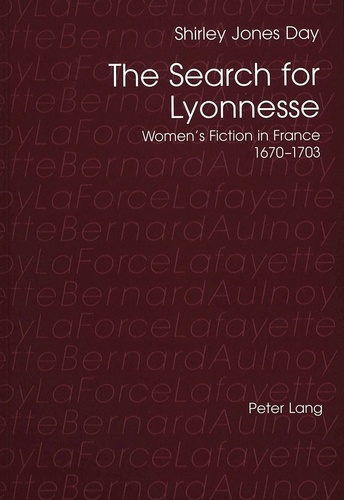
Non classé
The Search for Lyonnesse
07/1999

Religion jeunesse
The beautiful dolls of Julia are getting married. Numéro 22
10/2018

Religion jeunesse
The beautiful dolls of Julia are celebrating the assumption of the blessed virgin Mary. Numéro 15
05/2019
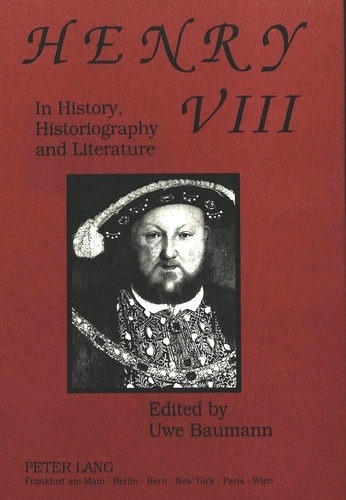
Non classé
Henry VIII in History, Historiography and Literature
01/1993

Beaux arts
Ezra Pound's Medievalism
12/1979

